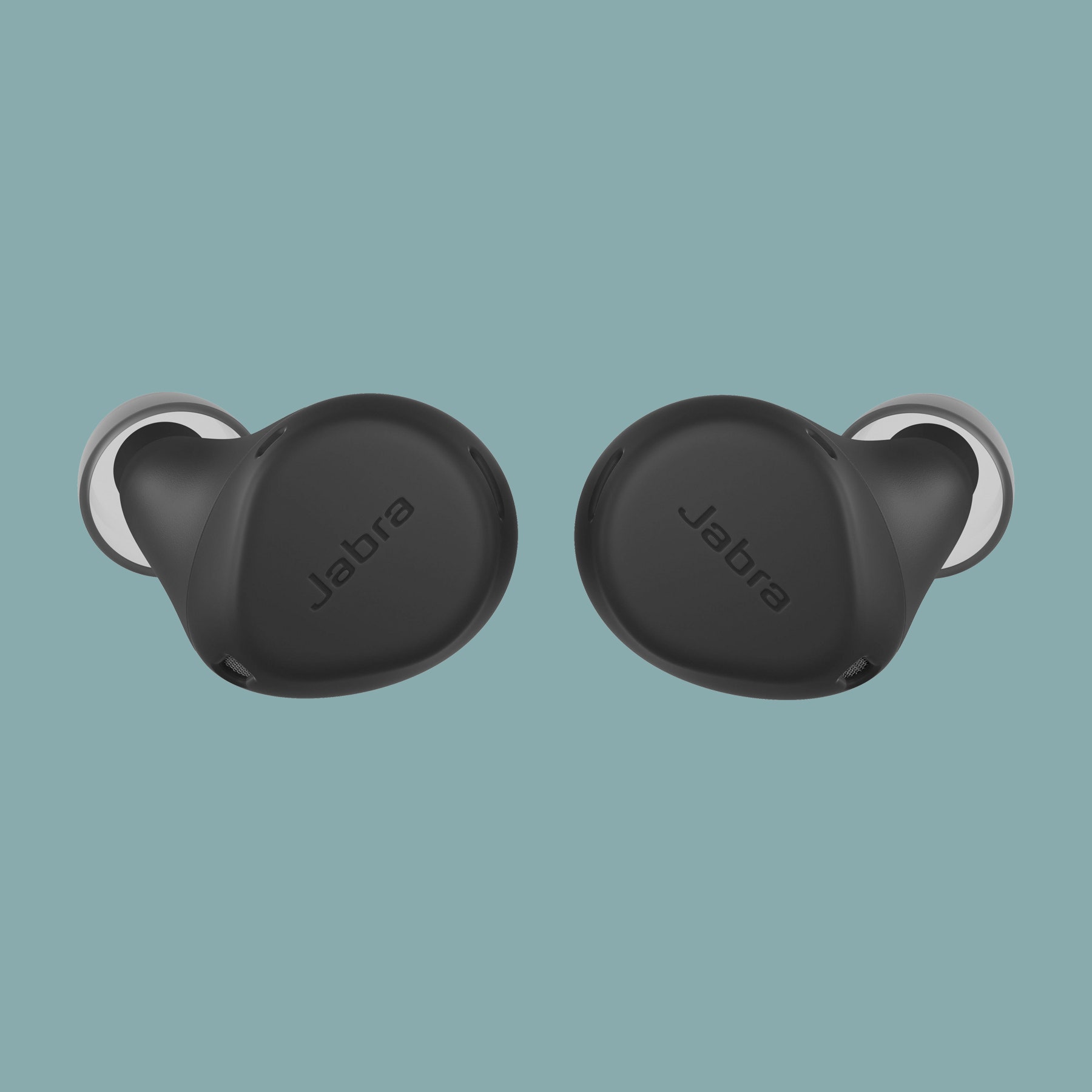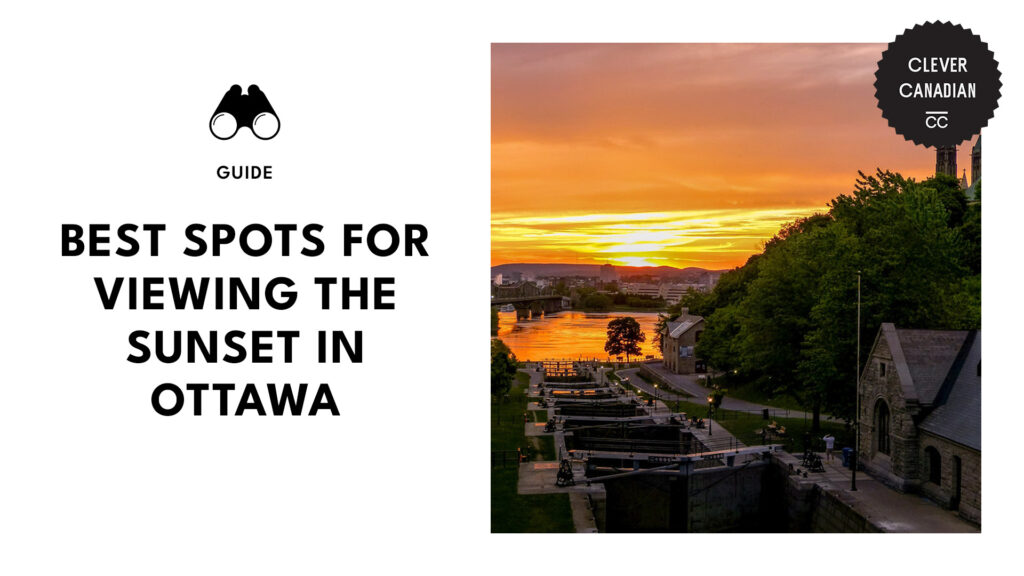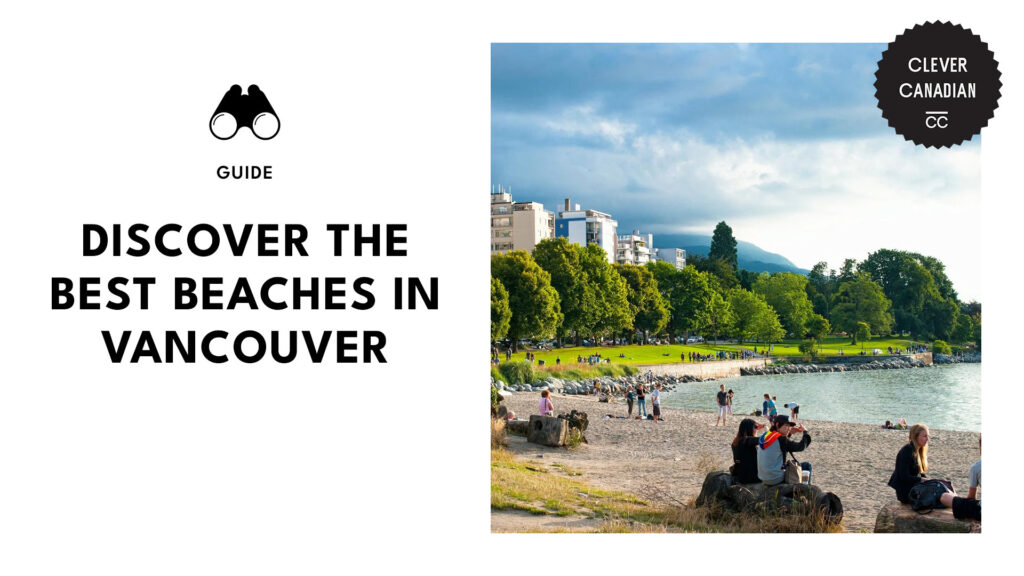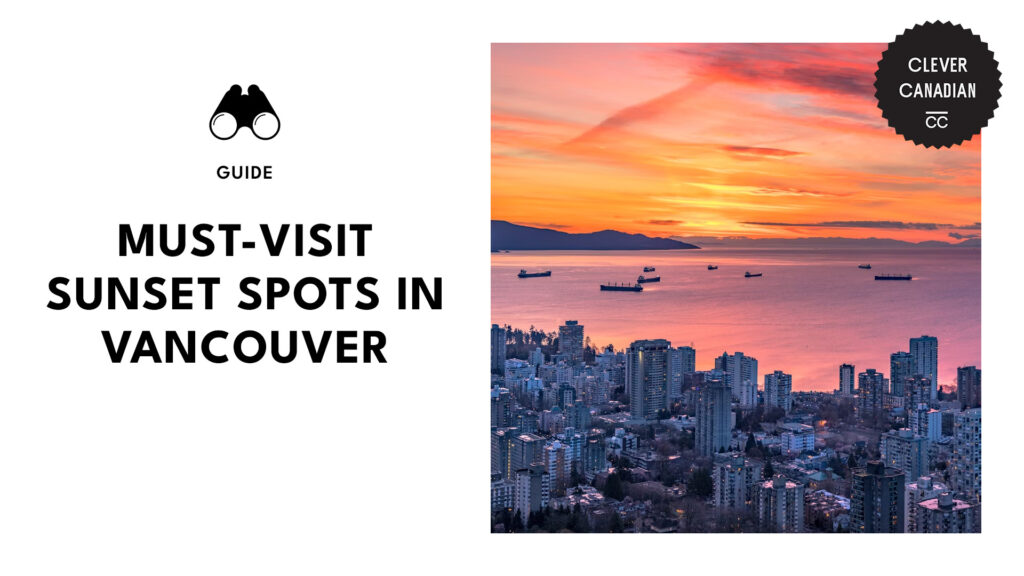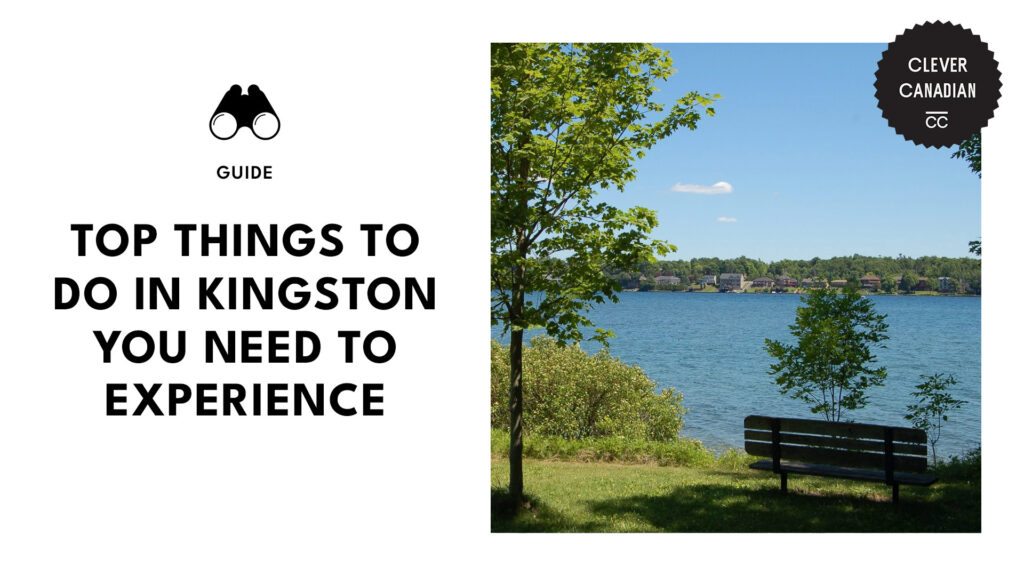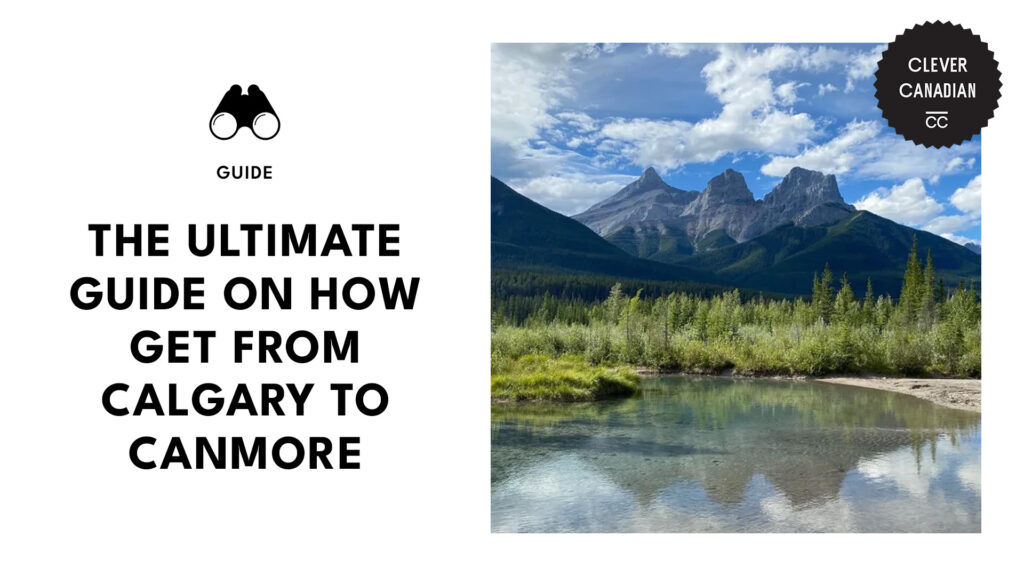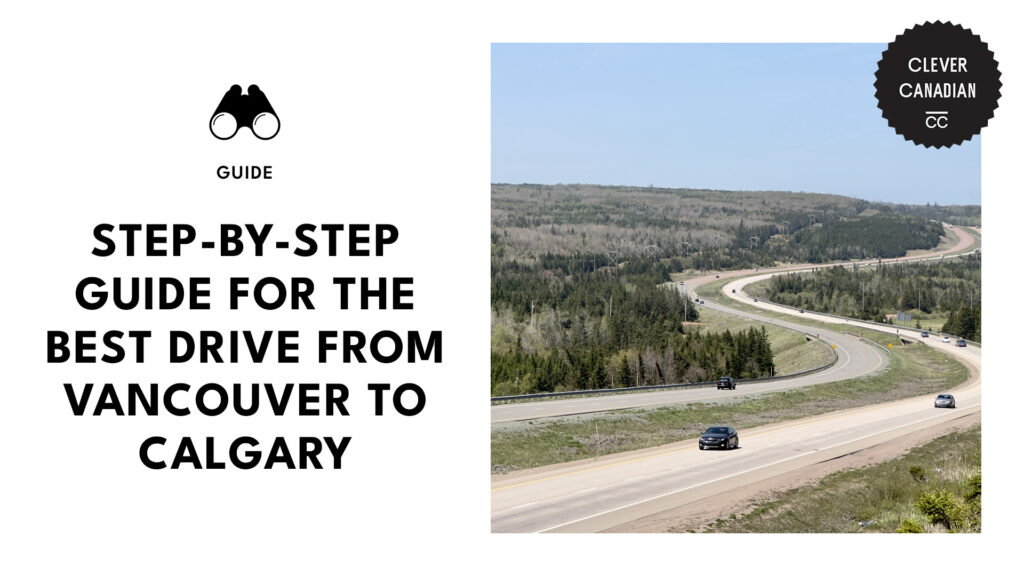Categories > Guides and Tips
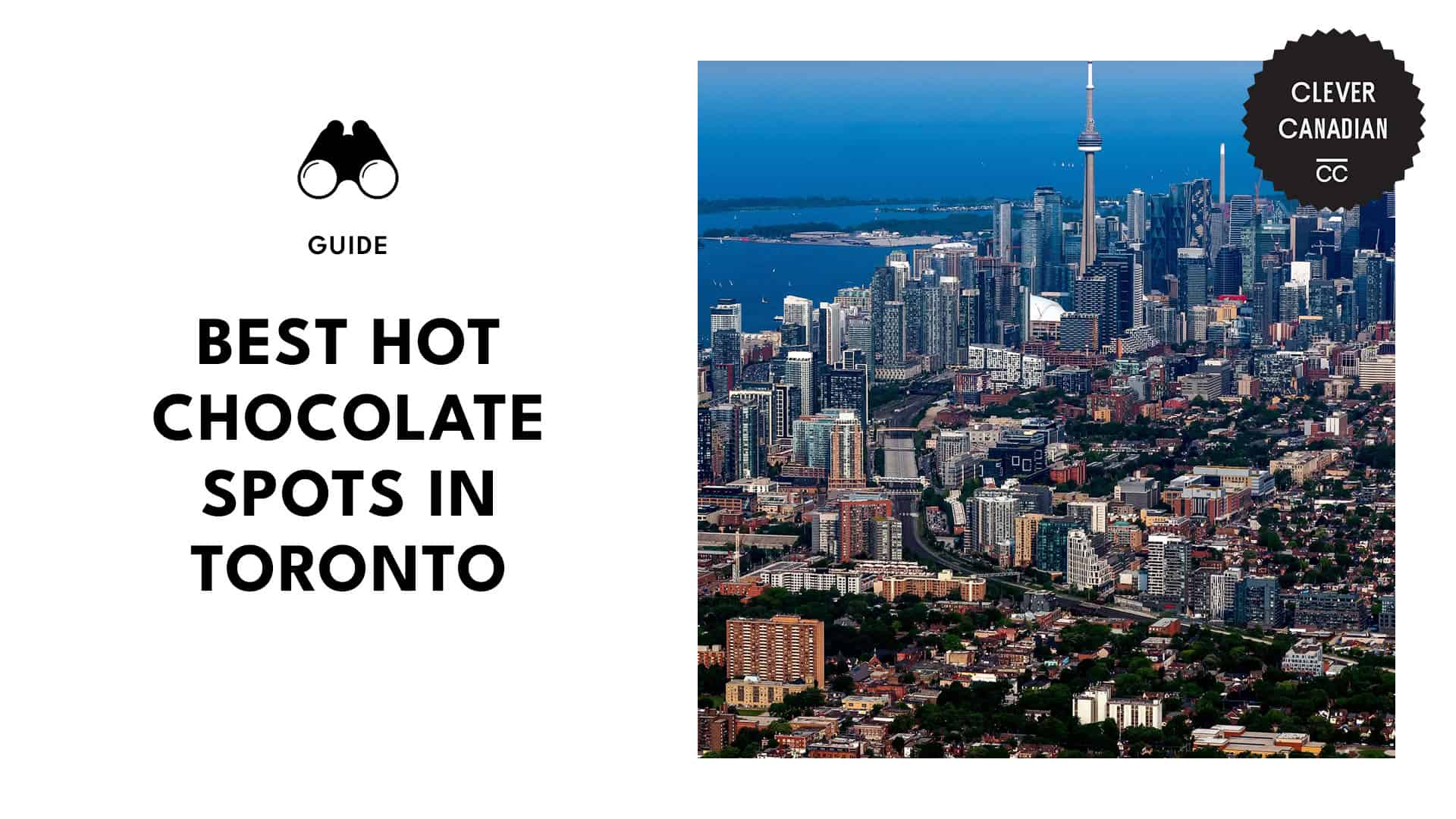
The Lowdown on Canada’s 10 Biggest Cities and What Makes Them Great
Canada, the second-largest country in the world, is a mix of cultures and landscapes that’s hard to beat. Home to over 3,700 cities and towns, each with its unique charm, Canada’s urban centers are worth exploring.
When we talk about the biggest cities in Canada, we typically look at two key factors: population and total area. Population tells us how many people live in a city, while total area, which includes both land and water, gives us an idea of its size.
In this article, we’ll explore Canada’s biggest cities, highlighting what makes each one unique. Whether you’re planning a visit or just curious, get ready to uncover local favourites and insider tips that will make your experience in these urban hubs even better!
Toronto
Media from cityofto
Population: 3,120,000
Land area: 630.2 sq. km
Total area: 630.2 sq. km
As Canada’s largest city, Toronto is a global hub, often compared to New York or London in terms of its diversity and energy. This sprawling metropolis is the capital of Ontario.
It serves as the country’s economic powerhouse, with a financial district that pulses with skyscrapers and the headquarters of major corporations. But it’s not all business in Toronto. The city’s charm is in its neighbourhoods.
The Distillery District’s cobblestone streets feel historic, while Kensington Market brings together vintage shops, global eats, and local art. Toronto’s sports culture is also alive, whether at a Raptors, Blue Jays, or Maple Leafs game. Beneath its fast pace, quieter gems wait to be discovered.
Local tip:
Want a break from the urban jungle? Head over to Riverdale Farm in Cabbagetown. It’s a little oasis where you can stroll through gardens, meet farm animals, and forget you’re in the middle of a metropolis. Plus, it’s free.
Montreal
Population: 1,762,000
Land area: 365.6 sq. km
Total area: 431.5 sq. km
Montreal is a city where old-world charm meets modern-day cool. As the largest city in Quebec, it’s a place where you can wander cobblestone streets in Old Montreal, with its European-style buildings, and then hop over to the Plateau to grab a bagel from one of the local institutions.
What makes Montreal special is its strong French influence. As the world’s second-largest French-speaking city, that culture is everywhere—think cozy cafés, lively theatres, and art galleries that inspire.
And the food? Montrealers take it seriously, serving up local classics like poutine, bagels, and smoked meat sandwiches that you simply have to try. Plus, there’s always something happening in Montreal, making it a city you’ll want to explore again and again.
Local tip:
Avoid touristy spots for a true taste of Montreal’s bagels. Head to Fairmount or St-Viateur Bagels. They’ve been in the game for over 100 years, and their bagels are unlike any other you’ll find in North America.
Vancouver
Media from vancouver
Population: 2,780,000
Land area: 115.2 sq. km
Total area: 2,878.5 sq. km
Tucked between the Pacific Ocean and the stunning Coast Mountains, Vancouver feels like a city always chatting with nature. This blend of city life and outdoor adventure draws people from all walks of life.
One minute, you’re exploring trendy downtown streets filled with chic shops and delicious restaurants, and the next, you’re standing by the ocean, taking in breathtaking views of snow-capped mountains.
Vancouver’s diversity shines through in its neighbourhoods—head to Chinatown for some of the best dim sum, or check out Commercial Drive for a tasty mix of Italian, Caribbean, and Latin American eats. With mild winters and beautiful summers, locals are always out hiking, biking, or skiing.
Local tip:
Instead of the popular (and crowded) Grouse Grind, try the Quarry Rock hike in Deep Cove. It’s a bit easier and offers equally stunning views over Indian Arm.
Calgary
Media from cityofcalgary
Population: 1,390,000
Land area: 820.6 sq. km
Total area: 825.3 sq. km
Calgary is a gateway city between the Rockies and the prairies, blending cowboy culture with innovation. It’s known for the oil industry and the world-famous Calgary Stampede, embracing its “wild west” roots while growing as an urban center.
But even outside of Stampede season, Calgary’s food and drink scene is booming, with microbreweries, farm-to-table restaurants, and a deep love for Alberta beef. Not to mention, Downtown Calgary is a mix of skyscrapers and casual eateries, where the business crowd rubs shoulders with students and artists.
Stephen Avenue, a historic pedestrian mall, is a popular spot to grab a coffee or a drink after work, and Prince’s Island Park is the go-to place for an afternoon picnic along the Bow River. As you explore, you’ll notice that Calgary is incredibly clean and green, with extensive pathways for biking and walking.
Local tip:
For a more intimate experience of Calgary’s cultural scene, check out the Beltline’s First Street Market, where you’ll find local chefs whipping up fresh, creative dishes in a casual setting.
Edmonton
Media from cityofedmonton
Population: 1,146,000
Land area: 683.9 sq. km
Total area: 684.4 sq. km
Edmonton is Alberta’s capital and Canada’s “Festival City,” with community events, arts, and culture woven into everyday life. There are various festivals and activities, such as folk music festivals in the summer, the Fringe Theatre Festival in August, and ice skating with light displays at Christmas.
The city’s layout by the North Saskatchewan River creates a beautiful parkland and trails, making it feel closer to nature. The River Valley is stunning in the fall, and it reflects its rich history through architecture and museums.
The city’s urban core has undergone a major revitalization in recent years. Now, you’ll find craft breweries, trendy cafés, and pop-up galleries adding a creative flair to the downtown area. Jasper Avenue is a hub of restaurants, while Whyte Avenue in the Old Strathcona is packed with nightlife, live music, and shopping.
Local tip:
Visit the Muttart Conservatory for a unique experience inside futuristic glass pyramids that house tropical, arid, and temperate plants—perfect for escaping Edmonton’s sometimes chilly weather.
Ottawa
Media from cityofottawa
Population: 1,050,000
Land area: 2,778.1 sq. km
Total area: 2,778.1 sq. km
As the political heart of Canada, Ottawa is often perceived as a serious, bureaucratic city—but spend some time here, and you’ll realize that it has so much more to offer. The city is rich in history, with landmarks like Parliament Hill and the Rideau Canal and museums, like the National Gallery of Canada.
Ottawa has awesome museums like the National Gallery of Canada and the Canadian Museum of History. The Rideau Canal is where it’s at—in winter, it’s the world’s longest skating rink, and in summer, it’s perfect for a chill boat ride.
The ByWard Market is another hotspot, brimming with local artisans, fresh produce, and bustling restaurants. You can easily spend a day browsing its stalls or enjoying a patio meal while soaking in the city’s friendly and welcoming atmosphere.
Local tip:
Try visiting during Canada Day (July 1) when Parliament Hill is transformed into a massive celebration. It’s the best way to experience Canadian patriotism firsthand.
Winnipeg
Media from tourismwinnipeg
Population: 856,000
Land area: 464.1 sq. km
Total area: 464.1 sq. km
Winnipeg often gets overlooked by travellers in favour of bigger Canadian cities, but those who take the time to visit—find a hidden gem. It’s a city with deep cultural roots, serving as a meeting place for Indigenous Peoples long before European settlers arrived.
Today, Winnipeg is a proud hub of arts, history, and sports. At the heart of the city is The Forks, where two rivers—the Red and the Assiniboine—meet. This historic site has been a gathering spot for over 6,000 years and is home to markets, museums, and an array of dining options.
The city also hosts the Winnipeg Art Gallery, which boasts the world’s largest collection of Inuit art at the Winnipeg Art Gallery and the Royal Winnipeg Ballet, one of the oldest ballet companies in North America. Not to mention, sports fans will enjoy games by the Blue Bombers (CFL) and the Winnipeg Jets (NHL).
Local tip:
If you’re visiting in the summer, head to Assiniboine Park. It’s a massive green space with a zoo, art exhibits, and picnic spots. On summer evenings, you can catch free performances at the outdoor Lyric Theatre.
Quebec City
Media from quebeccite
Population: 733,000
Land area: 449.0 sq. km
Total area: 454.1 sq. km
Quebec City feels like stepping into a storybook. This UNESCO World Heritage site is the most European city in North America, with its narrow streets, centuries-old buildings, and imposing Château Frontenac perched on a cliff overlooking the St. Lawrence River.
While many come for the history, Quebec City also has a modern, creative side. In the newer parts of town, you’ll find cutting-edge art galleries, trendy bistros, and innovative boutiques. The food in Quebec City is one of its biggest draws.
And if you’re visiting during winter, you’re in for a treat. Quebec City’s Winter Carnival is one of the largest in the world, complete with ice sculptures, parades, and the famous Bonhomme mascot.
Local tip:
If you’re visiting in the summer, take the ferry across the St. Lawrence River to Lévis. It’s a quick and inexpensive ride, and you’ll get one of the best panoramic views of Quebec City from the water.
Hamilton
Media from cityofhamilton
Population: 785,000
Land area: 1,117.1 sq. km
Total area: 1,138.1 sq. km
Hamilton, just a stone’s throw from Toronto, has undergone a renaissance in recent years. Once seen primarily as an industrial city, it has transformed into a destination for nature lovers, artists, and foodies alike. The city is known for its steel industry, but that’s not the full story.
These days, Hamilton is just as famous for its beautiful waterfalls (over 100!), its burgeoning arts scene, and its vibrant neighbourhoods. You can spend your morning hiking the Bruce Trail, which winds through forests and alongside waterfalls, then grab lunch at one of the hip eateries in the city’s downtown core.
Hamilton’s transformation has also brought a wave of new food spots, from farm-to-table restaurants to trendy coffee shops and breweries. The city’s close proximity to Ontario’s wine country means you’ll have access to excellent local wine without leaving town.
Local tip:
Head to the Royal Botanical Gardens just outside Hamilton. It’s the largest botanical garden in Canada, and its stunning trails are perfect for a tranquil afternoon.
Kitchener
Media from cityofkitchener
Population: 601,000 (Kitchener-Waterloo metropolitan area)
Land area: 312.2 sq. km
Total area: 312.2 sq. km
Kitchener, part of the Kitchener-Waterloo region, is a city with deep German roots. It’s known for its Oktoberfest celebration, the largest Bavarian festival outside of Germany.
In the past few decades, Kitchener has become a major player in Canada’s technology industry, with a slew of tech startups calling it home alongside global tech giants. The city is also full of green spaces and trails, making it a great place for anyone who enjoys outdoor activities.
One of the best ways to explore Kitchener is on foot. Wander through the city center to discover local shops, quaint cafés, and markets selling everything from fresh produce to artisanal crafts.
Local tip:
If you’re into history, don’t miss a visit to the Schneider Haus National Historic Site. It’s the oldest house in Kitchener and provides a fascinating look at the lives of the area’s early settlers.
